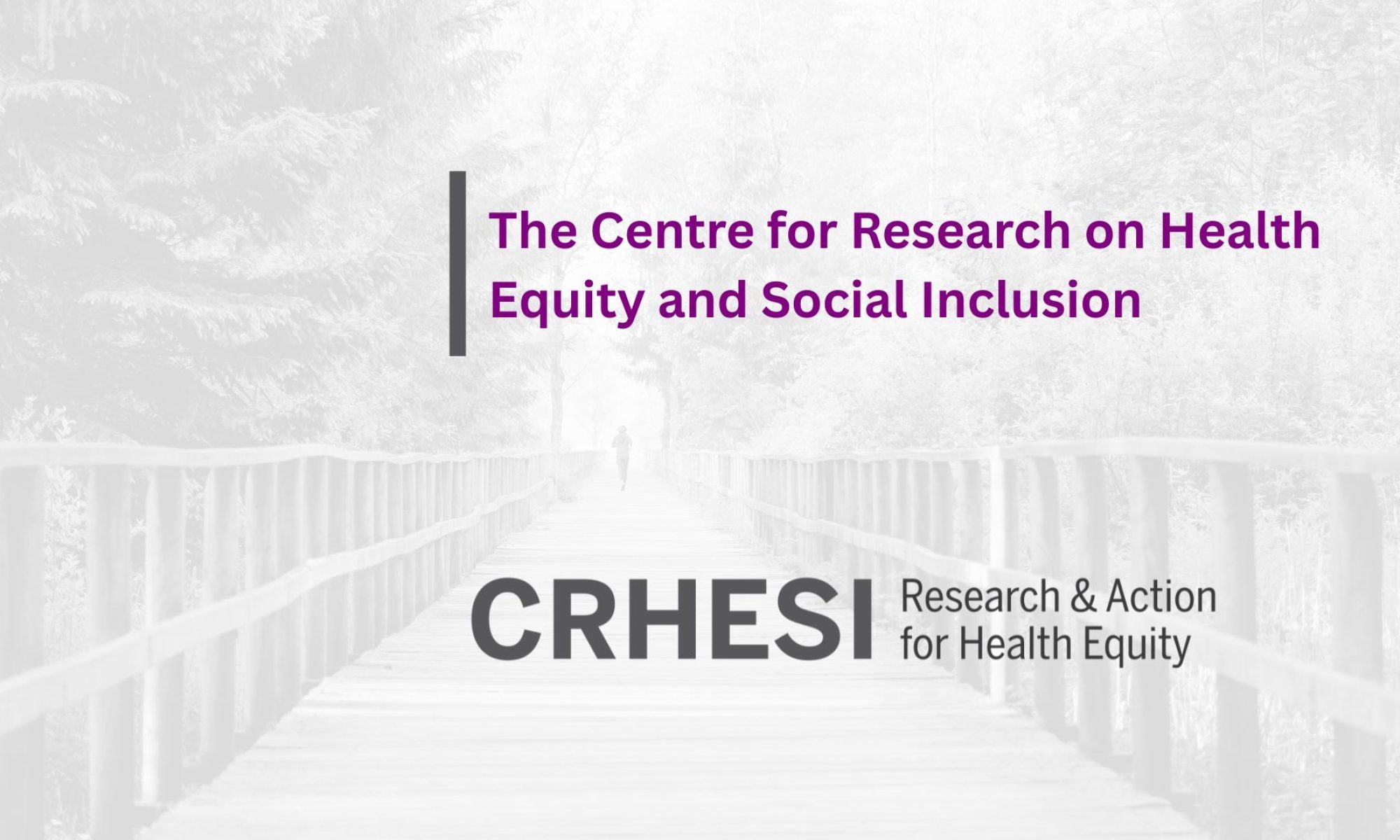By Nadine Wathen
Professor & Canada Research Chair in Mobilizing Knowledge on Gender-Based Violence
“Home”, “safe”, “essential”. These are words we’ve heard a lot in the last 8 weeks, as the COVID-19 pandemic grinds along. But as we’ve also heard, this pandemic has laid bare the inequities and injustices that have been allowed, and even encouraged, to proliferate for the past 40 years. In many ways, this is a time of reckoning, and of opportunity.
Our work on health and social equity has examined not only vulnerable groups, including women experiencing violence, but also vulnerable organizations, including those serving these women. This short essay considers how inequities, especially during the COVID-19 pandemic, impact both women in abusive relationships, and organizations on the “front line” of keeping them safe.
In Canada, a woman is killed by a current or former partner about once a week and a woman or girl killed every 2.5 days. These rates were not decreasing before the pandemic, and early media accounts from at home and abroad, including the mass killing in Nova Scotia but also femicides in Alberta, Ontario and another in Nova Scotia, indicate that things are getting worse. In the UK, femicide rates more than doubled in the first 4 weeks of the lockdown. A recent report by the UN Population Fund estimates that pandemic-fueled intimate partner violence (IPV) rates will rise by 20% worldwide, translating to an additional 15 million cases if the lockdowns last 3 months, and up to 61 million if measures extend a full year. Those are cases in addition to the already endemic rates of partner violence; in Canada, about a third of women report experiencing IPV. In fact, some are likening domestic violence to a disease itself, with phrases like “domestic abuse is acting like an opportunistic infection, flourishing in the conditions created by the pandemic” and “a pandemic on top of a pandemic” now commonly appearing in media reports. Now, women must think about new meanings of “safe”, and balance safety from abuse and safety from COVID-19. This is a lot to add to already complex safety considerations.
While crime rates overall are lower while people stay inside, a recent story quotes an RCMP Superintendent as being concerned that reports of domestic and sexual violence are down. In fact, the numbers are confusing, with some violence against women services reporting increases in calls of up to 50%, while others talk about a “chilling” silence as calls decrease, with the concern being that women are now unable to reach out for help due to elevated risk from an ever-present abuser.
On the ground, the services that support abused women – shelters, drop-ins, outreach – are struggling on multiple fronts. Shockingly, it took until late April for the Ontario government to deem violence against women services “essential”, all while we heard stories of not only more violence, but, as noted above, increasingly severe violence, including death. This is part of a list of system and individual stressors contributing to violence in the home and the abrupt break in pathways to safety for women and their children:
- Disruption to services, including sexual and reproductive health services for sexual assault survivors, and access to formal and informal support networks.
- Safe shelter increasingly unavailable due to service restrictions and ongoing housing crises.
- Increased proximity to the abuser, with no ability for respite or escape.
- Sharp increases in financial and other material stresses through job loss and underemployment.
- Increased burden of child-care and other household tasks borne disproportionately by women.
- More ways for abusers to exert control, including threats of turning victims out of the home, exposing them to illness, denying access to supplies and spreading misinformation about victims.
Services must now account for coronavirus-related health risks to women, their children, staff and volunteers. They are having to actively implement new protocols for physical distancing, knowing the toll this will take on women, children and staff in the context of their compassion-centric, high-touch work. Does a text interaction replace an in-person visit? What happens when family courts shut down and women can’t get restraining orders? The questions are many and varied.
View From the Front Line
By Shelley Yeo
Assistant Executive Director, Anova London
VAW services hit the ground running when “lockdown” was announced. All shelter and counselling services were turned upside down and new protocols have impacted the work of front line staff significantly. Some are not able to work due to their health, lack of childcare, and the health of their loved ones. Those working are questioning how to provide trauma and violence informed care in an environment where physical distancing and hand washing are the first priority of engagement.
Initially leadership were making decisions quickly, and with little consultation with staff – this challenged relationships and our feminist roots. Questions we’re continuing to ask ourselves as an organization include:
- How does a violence against women (VAW) agency provide care when face-to-face interactions are inhibited by enforced conditions that do not reflect our values?
- Where do VAW services fit into the community plan? Gaps in services for women are clearer than ever and we have developed new programs and partnerships during this time to meet some of the gaps. What do these look like after the initial crisis?
When restrictions start to lift, we will truly know the stories of those impacted by violence and we need to be ready for that crisis. The lives of women and their families depend on governments and communities prioritizing their safety.
What we decide now will have important consequences. Already, services for women have had to prove that they are indeed “essential” while struggling with adapting what they do to balance the various safety needs of clients, staff and volunteers, all in the context of major decreases in donations. At the same time, the single most important barrier to women leaving violence – safe, affordable, housing – will likely not be resolved in the near future. Governments at all levels, and local institutions including universities have stepped up to provide emergency housing for those living on or near the streets, and those who leave home to seek safety; however until a properly resourced national housing strategy is enacted, these are only stop-gap measures. Similarly, one-time cash infusions during a crisis will only go so far – what happens when these finds dry up?
In a future where money will be increasingly scarce, how will we position violence against women services to ensure the structures and resources that will enable them to be resilient in the face of new crises caused by climate change, future pandemics, and increasing inequity and social dislocation? The current attention to this issue is an opportunity to create allies among those who might have previously not attended to gender-based violence or seen it as a private problem with no policy solutions. We all have a role to play, and the first step – as women’s rights advocates have said for five decades – is recognizing that this is a collective problem that will require collective action.
This article was originally published by The Royal Society of Canada [ EN | FR ]
Republished with permission.
Photo by Jorge Flores on Unsplash
If you are interested in contributing to Voices from the Margins of a Crisis, please email Tanya Benjamin at tbenjam4@uwo.ca and Eaman Fahmy efahmy@pillarnonprofit.ca


